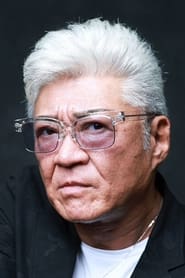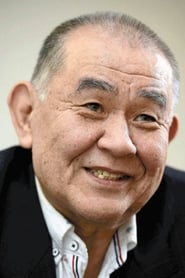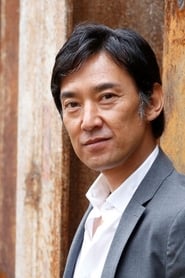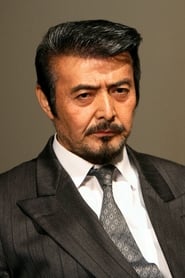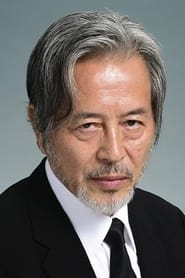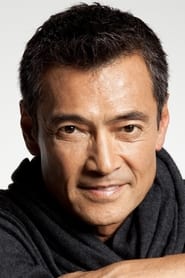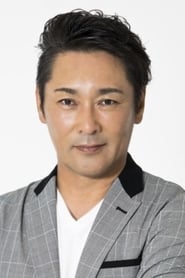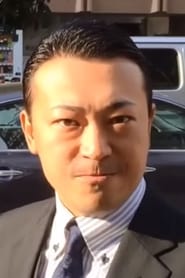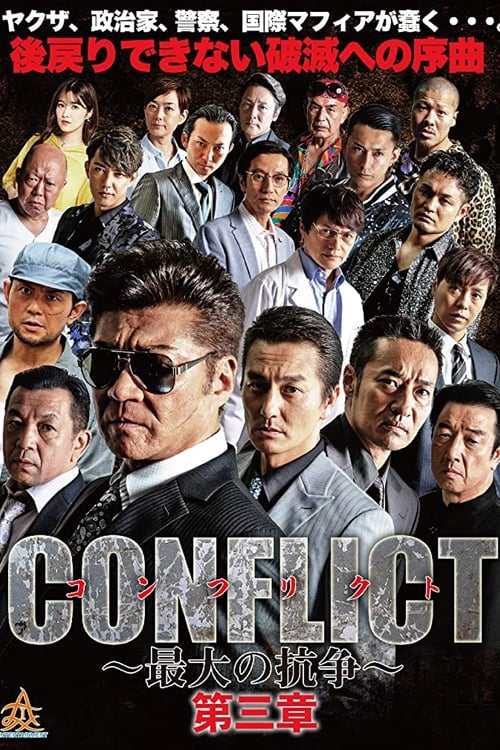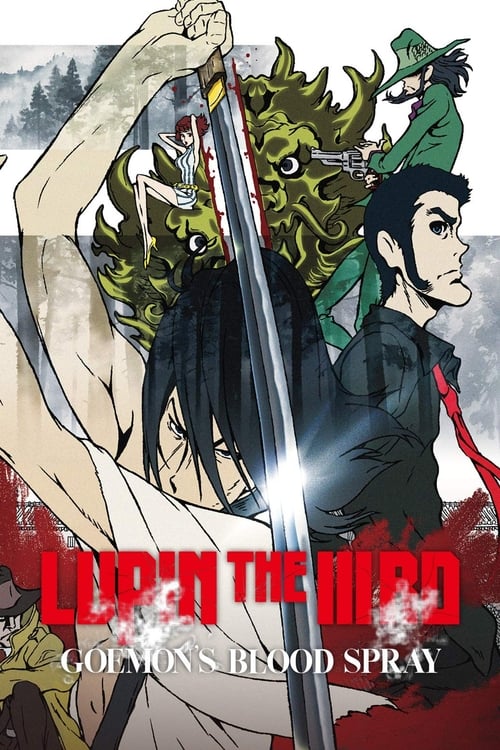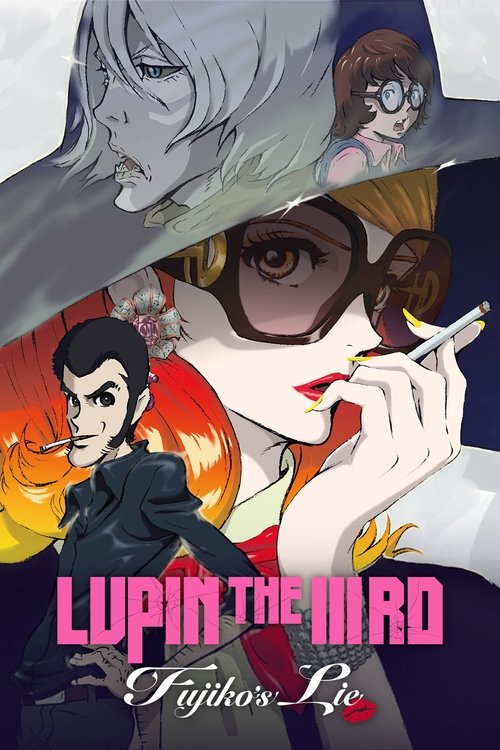
Ask Your Own Question
What is the plot?
More Movies Like This
Browse All Movies →What is the ending?
In the ending of "CONFLICT II: Conclusion," the main characters face the culmination of their struggles. The protagonist, Alex, confronts his rival, Marcus, leading to a tense showdown. The conflict escalates, resulting in a dramatic resolution that leaves both characters changed. Ultimately, Alex emerges victorious but at a significant personal cost, while Marcus faces the consequences of his actions. The film concludes with a sense of closure for Alex, who reflects on the journey and the sacrifices made along the way.
As the final act unfolds, the atmosphere is thick with tension. The scene opens in a dimly lit warehouse, where Alex stands alone, his heart racing as he prepares for the confrontation with Marcus. Shadows dance across the walls, mirroring the turmoil within him. He recalls the events that led him here--the betrayals, the losses, and the relentless pursuit of justice. His determination is palpable, fueled by a mix of anger and a desire for redemption.
The camera shifts to Marcus, who is pacing nervously, flanked by his loyal followers. His face is a mask of defiance, but beneath it lies a flicker of doubt. He knows that this confrontation could seal his fate. As he prepares for the inevitable clash, he reflects on his choices, the power he sought, and the friendships he sacrificed along the way.
The two men finally come face to face, the air crackling with unresolved tension. Words are exchanged, sharp and biting, each taunt revealing deeper wounds. Alex's voice trembles with emotion as he confronts Marcus about the pain he has caused. Marcus, in turn, deflects with bravado, but his facade begins to crack under the weight of Alex's accusations.
The confrontation escalates into a physical fight, a brutal exchange of blows that echoes the emotional turmoil both characters have endured. The choreography of the fight is raw and visceral, each punch representing years of conflict and unresolved issues. As they grapple, the warehouse becomes a battleground not just for their bodies, but for their souls.
In a pivotal moment, Alex gains the upper hand, pinning Marcus to the ground. The camera captures the desperation in Marcus's eyes, a mix of fear and regret. Alex, breathing heavily, hesitates, torn between the desire for vengeance and the hope for redemption. In that moment, he sees not just his rival, but a reflection of his own struggles and failures.
With a surge of clarity, Alex releases Marcus, choosing to walk away instead of delivering a final blow. This act of mercy signifies a turning point for him, a rejection of the cycle of violence that has consumed them both. Marcus, left on the ground, realizes the depth of his isolation and the consequences of his ambition.
The film shifts to a quieter scene, where Alex stands outside the warehouse, the dawn breaking behind him. The light symbolizes a new beginning, a chance to rebuild his life free from the shadows of conflict. He takes a deep breath, feeling the weight of his choices but also a sense of liberation.
As the credits roll, the fates of the main characters are revealed. Alex, having chosen a path of peace, begins to reconnect with his estranged family, seeking to mend the relationships that were fractured by his obsession with revenge. Marcus, on the other hand, faces the fallout of his actions, left to grapple with his loneliness and the realization that power comes at a steep price.
The film concludes with a poignant message about the nature of conflict, the importance of choice, and the possibility of redemption, leaving the audience to reflect on the journeys of both characters and the paths they have chosen.
Is there a post-credit scene?
In "CONFLICT II: Conclusion," there is indeed a post-credit scene that adds an intriguing layer to the film's narrative.
As the credits roll, the screen fades to black before transitioning to a dimly lit room filled with shadows. The camera slowly pans across a table cluttered with various documents and photographs, hinting at the unresolved tensions that linger after the main events of the film.
In the center of the table lies a map marked with several locations, each one circled in red. The atmosphere is thick with suspense, and a low, ominous score plays in the background. Suddenly, a figure steps into the light, revealing a character who had been a minor yet pivotal presence throughout the film. This character, whose motivations were shrouded in mystery, looks intently at the map, a determined expression on their face.
With a deep breath, they pick up a phone and dial a number. As the phone rings, the camera zooms in on their face, capturing a mix of anxiety and resolve. When the call connects, the character speaks in hushed tones, hinting at a new plan that could reignite the conflict. The scene ends with a close-up of their eyes, filled with a fierce determination, before cutting to black, leaving the audience with a sense of foreboding and anticipation for what might come next.
This post-credit scene effectively sets the stage for potential future developments, emphasizing that while the main conflict may have reached a conclusion, the underlying tensions and rivalries are far from over.
What role does the antagonist, Marcus, play in Alex's journey?
Marcus serves as both a physical and emotional antagonist in Alex's journey. He embodies the consequences of Alex's past choices, representing the darker path that Alex could have taken. Throughout the film, Marcus's actions force Alex to confront his fears and insecurities, ultimately pushing him towards personal growth. Their confrontations are charged with tension, highlighting Alex's struggle to overcome his past and assert his identity.
What motivates the main character, Alex, to confront his past in Conflict II: Conclusion?
In Conflict II: Conclusion, Alex is driven by a deep sense of guilt and unresolved issues from his past. The emotional weight of his previous decisions haunts him, pushing him to seek redemption and closure. His internal struggle is depicted through flashbacks that reveal his past mistakes and the impact they had on his relationships, particularly with his estranged brother.
How does the relationship between Alex and his brother evolve throughout the film?
The relationship between Alex and his brother is fraught with tension and unresolved conflict. Initially, they are estranged, with Alex feeling a mix of resentment and longing for reconciliation. As the story progresses, pivotal moments force them to confront their shared history, leading to emotional confrontations that reveal their vulnerabilities. By the climax, they begin to understand each other's perspectives, paving the way for a tentative reconciliation.
What significant event triggers the climax of Conflict II: Conclusion?
The climax of Conflict II: Conclusion is triggered by a violent confrontation between Alex and Marcus, which occurs during a pivotal family gathering. This event forces all characters to confront their unresolved issues and the emotional scars of their past. The tension escalates as secrets are revealed, leading to a cathartic moment where Alex must choose between vengeance and forgiveness, ultimately defining his character arc.
How does the film depict the theme of redemption through Alex's character development?
The film intricately weaves the theme of redemption through Alex's character development by showcasing his journey from a man burdened by guilt to one seeking forgiveness. Key scenes illustrate his internal conflict, such as moments of reflection where he grapples with his past decisions. As he faces his brother and Marcus, Alex's willingness to confront his mistakes and seek reconciliation highlights his growth, culminating in a powerful moment of self-acceptance and the hope for a better future.
Is this family friendly?
"CONFLICT II: Conclusion," produced in 2016, contains several elements that may not be suitable for children or sensitive viewers. Here are some potentially objectionable aspects:
-
Violence: The film features intense action sequences that include physical confrontations, which may be graphic and unsettling for younger audiences.
-
Emotional Turmoil: Characters experience significant emotional distress, including themes of betrayal, loss, and moral dilemmas, which could be heavy for sensitive viewers.
-
Mature Themes: The narrative explores complex themes such as revenge, loyalty, and the consequences of conflict, which may be difficult for children to fully understand.
-
Language: There may be instances of strong language or harsh dialogue that could be inappropriate for younger viewers.
-
Tense Situations: The film includes suspenseful moments that could evoke fear or anxiety, particularly in scenes involving danger or high stakes.
These elements contribute to a tone that may not be suitable for all audiences, particularly children or those who are sensitive to such content.



